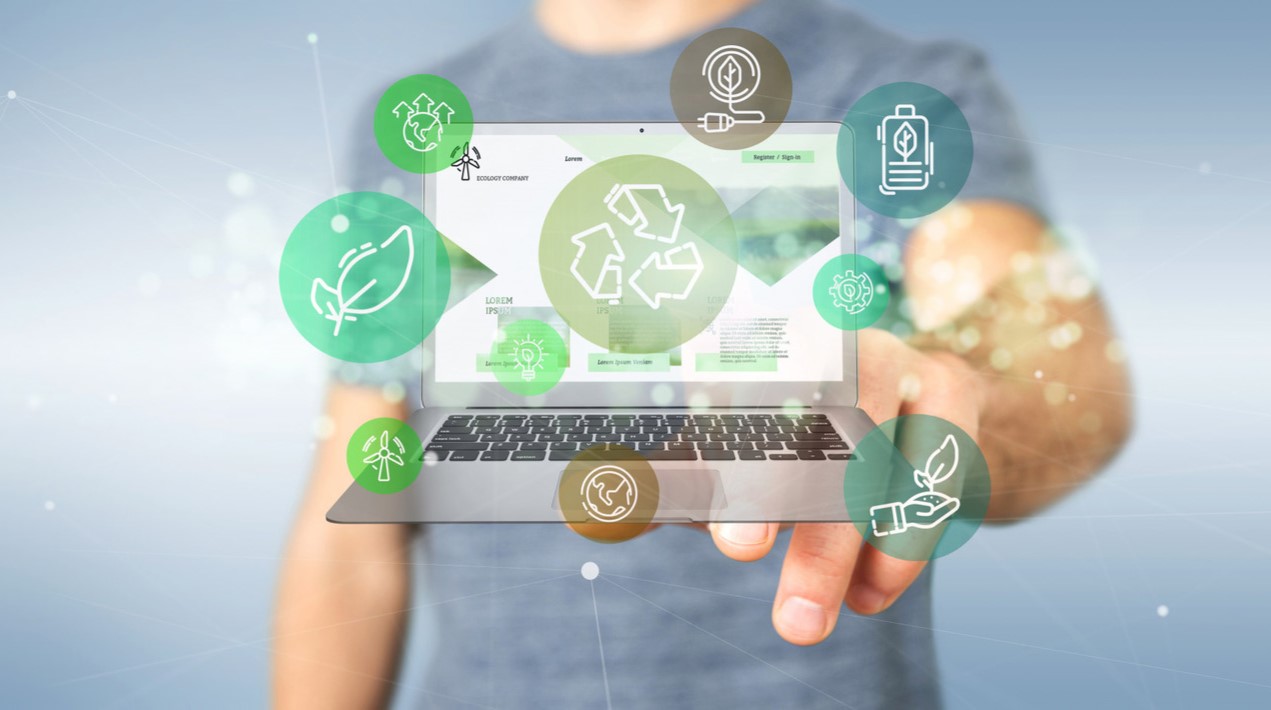
As the world grapples with the lifestyle changes brought by the new normal, governments and organisations are seeing the need to set stricter security measures during this age of digital transformation.
One of these institutions is the Philippine Senate which is looking at investigating alleged cases of hacked credit cards and online bank accounts. This announcement comes as these new forms of fraud continue to rise amid a steady increase in online transactions during the COVID-19 pandemic.
In a media release, Senator Sherwin Gatchalian, the Vice Chairman of the Senate Committee on Banks and Financial Institutions, said that the resolution to probe into cases of phishing and online bank theft is an initial step to stem the growing number of these cases. The investigation is also seen to ward off future digital scams.
The senator expressed concern about the sophisticated methods that have been devised to lure and scam the public through digital means. He added: “Despite the fact that we have mechanisms, it turns out that they are not enough so the thieves continue to carry out this kind of theft.”
The Philippine government has initiated early on several initiatives aimed at addressing issues in cybersecurity and bank fraud. Among them is Republic Act 8484 otherwise known as the Access Devices Regulation Act. It outlines liabilities of parties in commercial transactions by regulating the use of access devices like cars, codes, account numbers and electronic serial numbers.
Similarly, RA 9792 or the Electronic Commerce Act of 2000 was adopted to foster an information technology-friendly climate that supports information and communications technology products and services. The Act covers any data message and electronic document in both commercial and non-commercial activities like international dealings, transactions and arrangements.
The Cybercrime Prevention Act of 2012 builds on the foundation set by the E-Commerce Act. As the government continues to harness the advantages of leveraging digital products and solutions, the Cybercrime Prevention measure aims to combat offenses related to online transactions and arrangements by “facilitating detection, investigation and prosecution at both the domestic and international levels.” Aside from this, the current Data Privacy Act is being carried out to set security measures to shield valuable consumer data gathered from different transactions.
The senator also underscored that although these legislations have been helpful in improvising schemes to prevent data breach and theft, the public remains vulnerable to online activities like phishing, hacking and stealing of personal information.
These scenarios have been made more apparent today with consumers increasingly looking at the ease and convenience brought by digital programmes in helping them accomplish their everyday, mundane routines. At the onset of safety restrictions and health protocols, new software applications have been devised, particularly in online shopping and promotion of cashless, virtual transactions. One of these efforts is in the transportation sector. As reported by OpenGov Asia, cashless payments in tollways have already been adopted to ease traffic congestion.
The senator said that with the proliferation of this wide array of digital schemes, there may be loopholes and aspects not covered by existing laws in the country. One of the solutions to this hurdle is to encourage institutions that offer digital transactions to reinvent their existing online procedures and fortify their security programmes. This way, data security will be made effective.
To further explain, the senator highlighted that the onus in ensuring data security for bank transactions is on financial institutions. He emphasised, “[The] obligations of banks and companies offering lighter electronic transactions [are to] guarantee the welfare and security of their clients, as well as their personal information. Even if they upgrade their services, evil spirits will also be bold enough to cover up their theft. The banking industry must also have a mechanism to immediately address the grievances or complaints of their customers.”
















